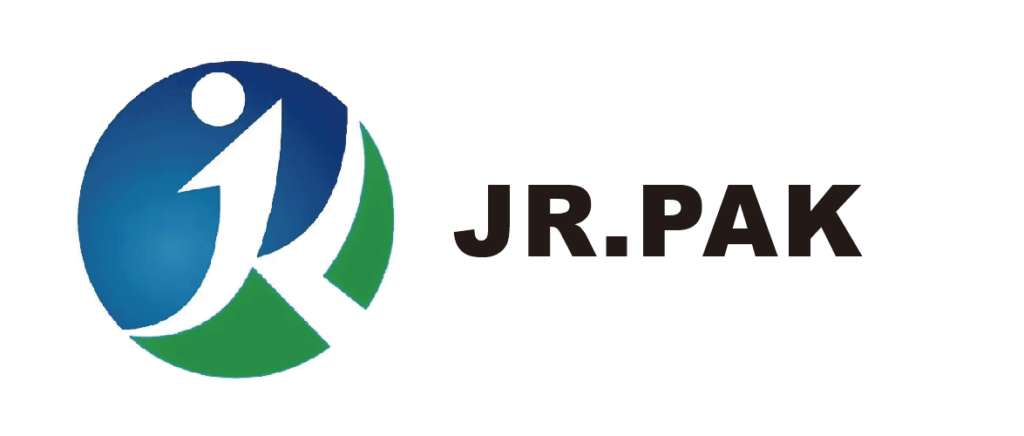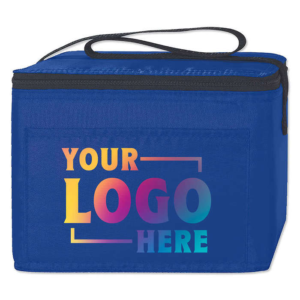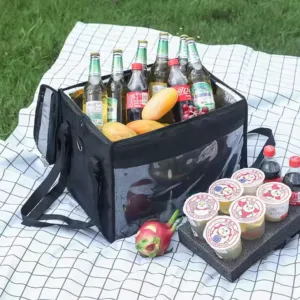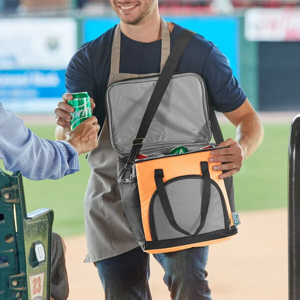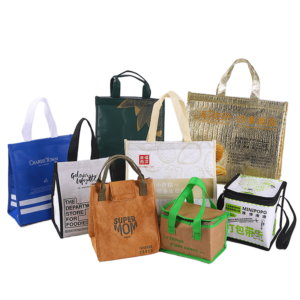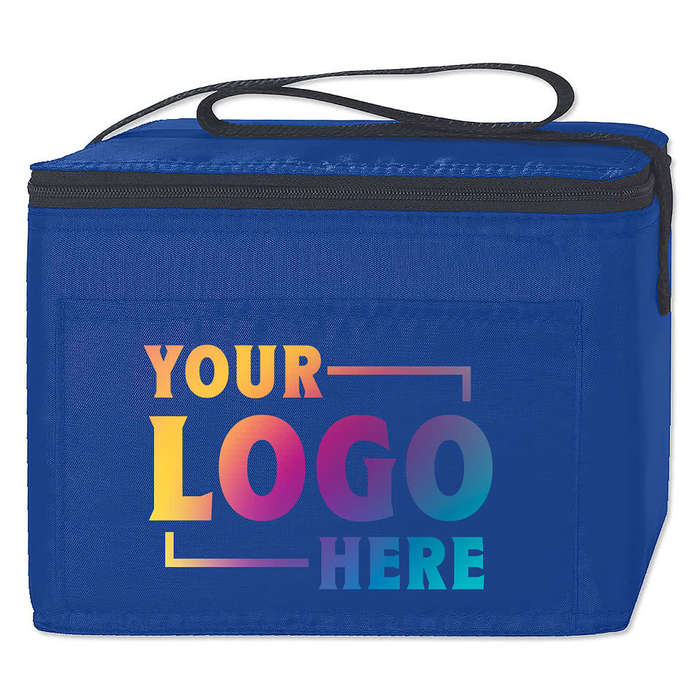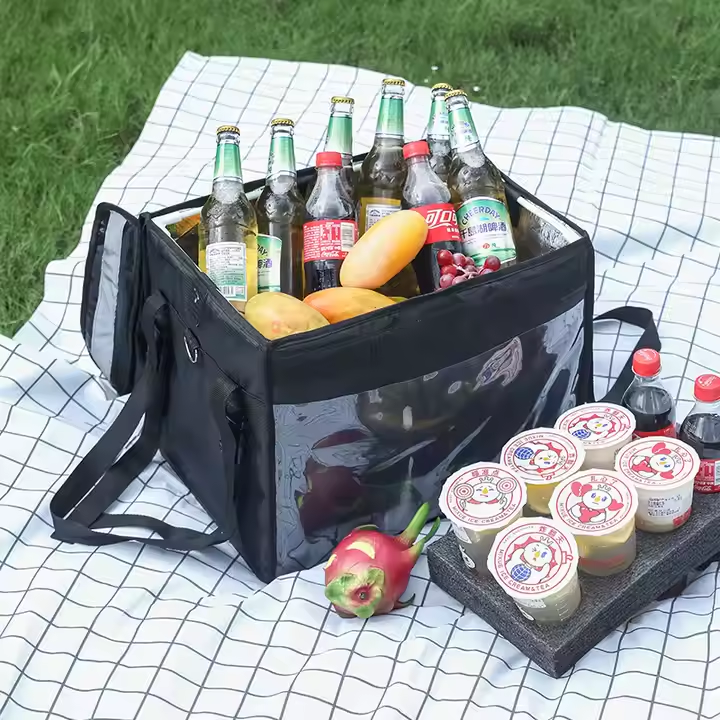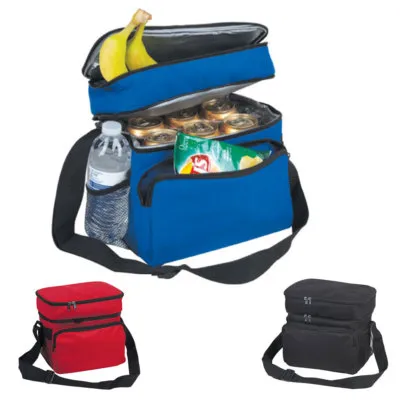Understanding the key factors that influence the Minimum Order Quantity (MOQ) for custom woven bags helps buyers make smarter decisions and manage costs effectively. This article breaks down the most important elements suppliers consider when setting MOQ.
6 Key Factors That Influence MOQ for Custom Woven Bags
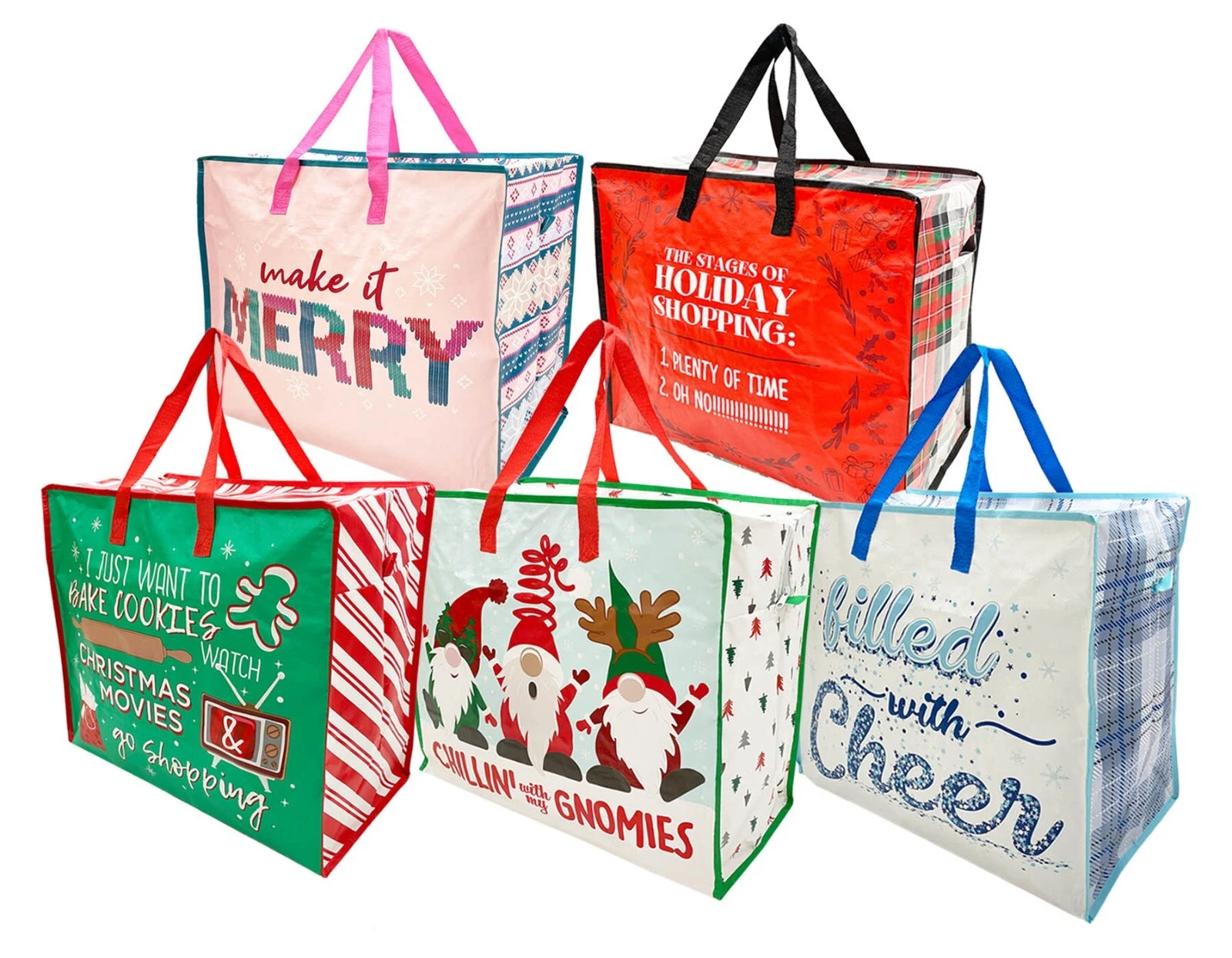
MOQ for custom woven bags depends on materials, production complexity, labor costs, packaging needs, and order variations. Each factor adds to production effort and influences cost-effectiveness.
MOQ isn't just a number—it's a reflection of how production scales. Here's what determines that number and why it matters to your order.
Material Costs and Consumption
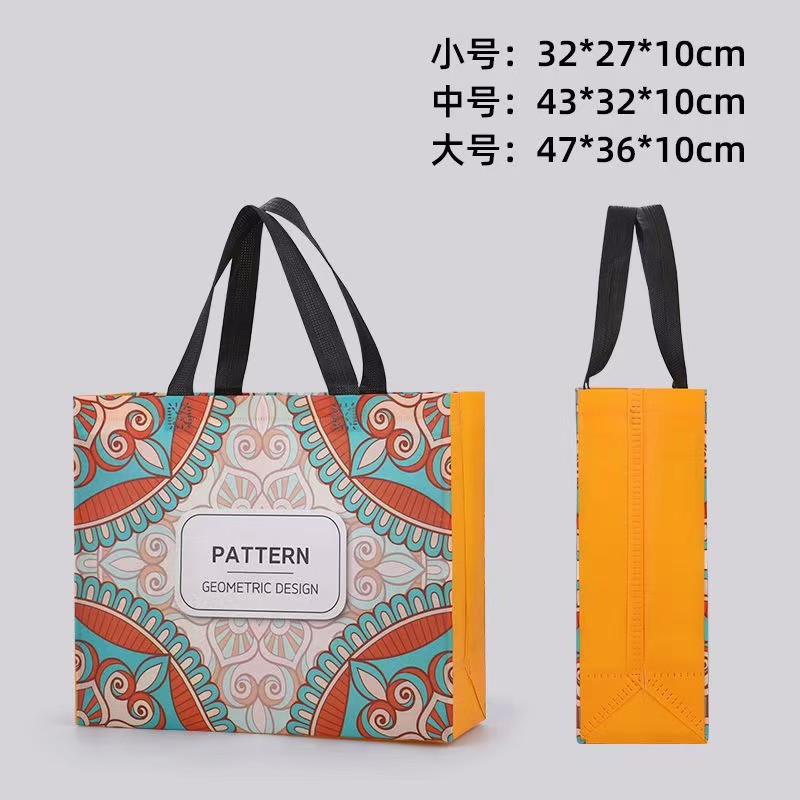
The cost and amount of raw materials[^1] directly influence how many units a supplier must produce.
Why Materials Drive MOQ
Materials are purchased in bulk by factories. When manufacturers buy non-woven polypropylene, laminated fabric, or canvas, their raw material suppliers typically require them to meet a minimum. This base MOQ trickles down to the final customer.
Expensive or rare fabrics (like RPET or jute) not only cost more per unit but also require larger purchase lots. For instance, if a supplier has to order 2,000 meters of custom printed fabric to meet the fabric producer’s MOQ, they must manufacture enough bags to use it up. Otherwise, unused material becomes waste.
Material MOQ Reference Table
| Material Type | Typical MOQ Impact | Notes |
|---|---|---|
| Non-Woven PP | Low | Easy to source, low cost |
| Laminated Woven | Medium | Higher setup, lamination cost |
| Recycled RPET | High | Expensive, limited sourcing options |
| Cotton/Canvas | Medium-High | Higher fabric cost |
| Jute | High | Imported and requires special storage |
Production Process Complexity
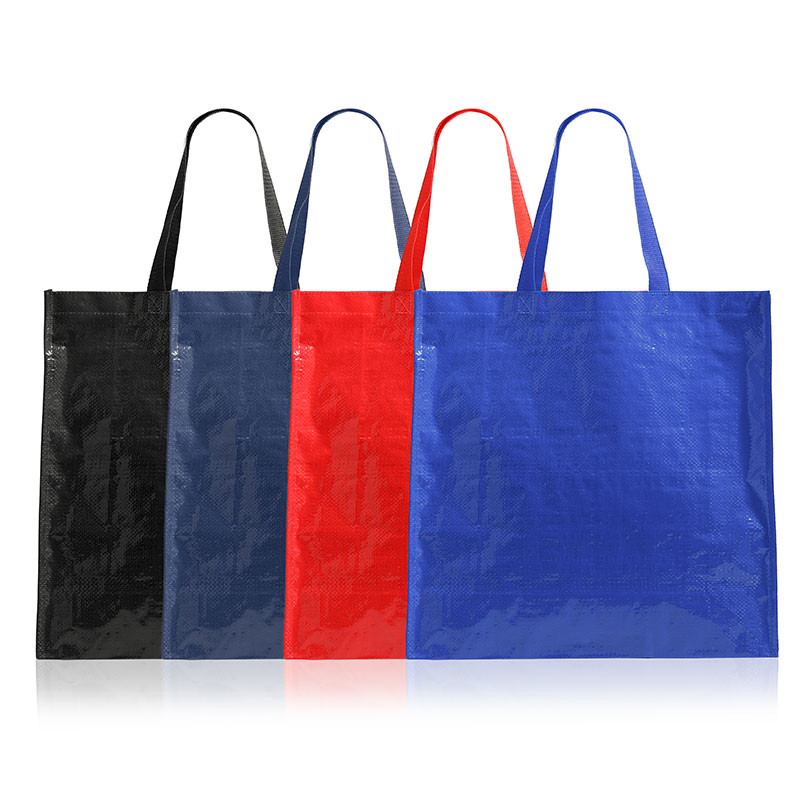
The more complex the bag design, the higher the MOQ due to increased labor and time.
Design Complexity Increases Cost
Custom woven bags with detailed construction—such as inner linings, multiple compartments, or reinforced handles—take more time and require more experienced workers. Each added element means another setup or quality checkpoint.
Machines also need adjustment between designs. For example, switching between zipper and drawstring closures or using special printing processes like gravure versus screen printing means downtime. To offset this, suppliers raise the MOQ to ensure profitability.
Common Features That Affect MOQ
| Feature | Complexity Level | MOQ Impact |
|---|---|---|
| One-panel flat bag | Low | Low |
| Multi-compartment bag | High | High |
| Zip closure | Medium | Medium |
| Reinforced handles | High | High |
| Full-color lamination | High | High |
Labor and Manufacturing Setup Costs
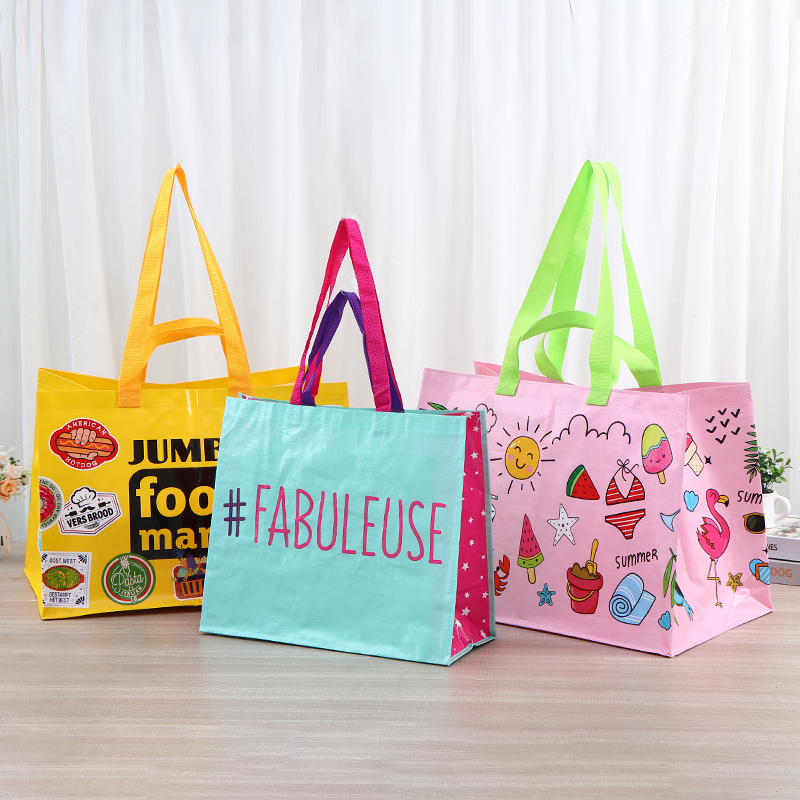
Fixed labor costs[^2] and machine setup times require suppliers to spread expenses over more units.
Setup Time Affects Efficiency
Each production run involves a preparation phase. Workers calibrate cutting machines, set print plates, and align stitching lines. This takes time regardless of whether the factory makes 500 or 5,000 bags.
Since labor wages are paid per hour, small orders lead to a high cost per unit. To keep prices competitive and justify the setup, factories often set a minimum order threshold.
Setup Cost Impact Table
| Setup Task | Time Required | Cost Distribution Benefit |
|---|---|---|
| Plate alignment | 1–2 hours | Cheaper with 3,000+ units |
| Machine calibration | 30 mins | Break-even at 2,000+ units |
| Worker training | Varies | Only justified on large runs |
Testing and Quality Control Requirements
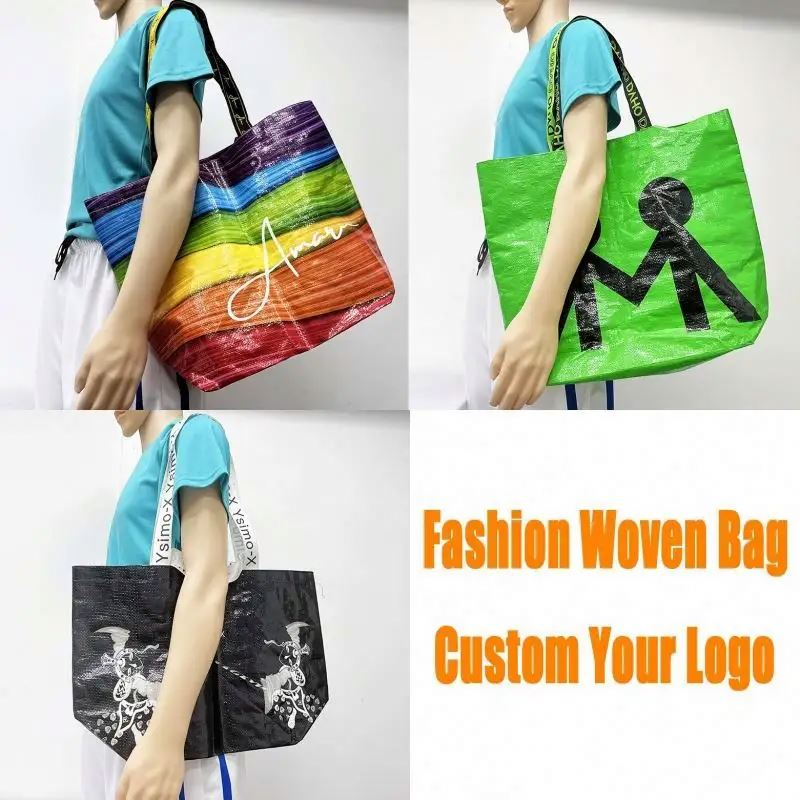
When bags require extensive inspection, MOQ increases to make the added effort worthwhile.
Quality Assurance Adds Overhead
Some buyers, especially international brands or supermarket chains, require stringent QC checks—like tensile strength, print sharpness, or stitching alignment. Testing each batch manually adds labor and documentation.
For small orders, this overhead can’t be recovered unless the price per unit is much higher. To keep prices acceptable, suppliers set a minimum that balances QC labor with order volume.
QC Cost Drivers
| Test Type | Added Time/Unit | MOQ Influence |
|---|---|---|
| Stitching quality check | Low | Medium |
| Material stress testing | Medium | High |
| Print color consistency | High | High |
Packaging Complexity
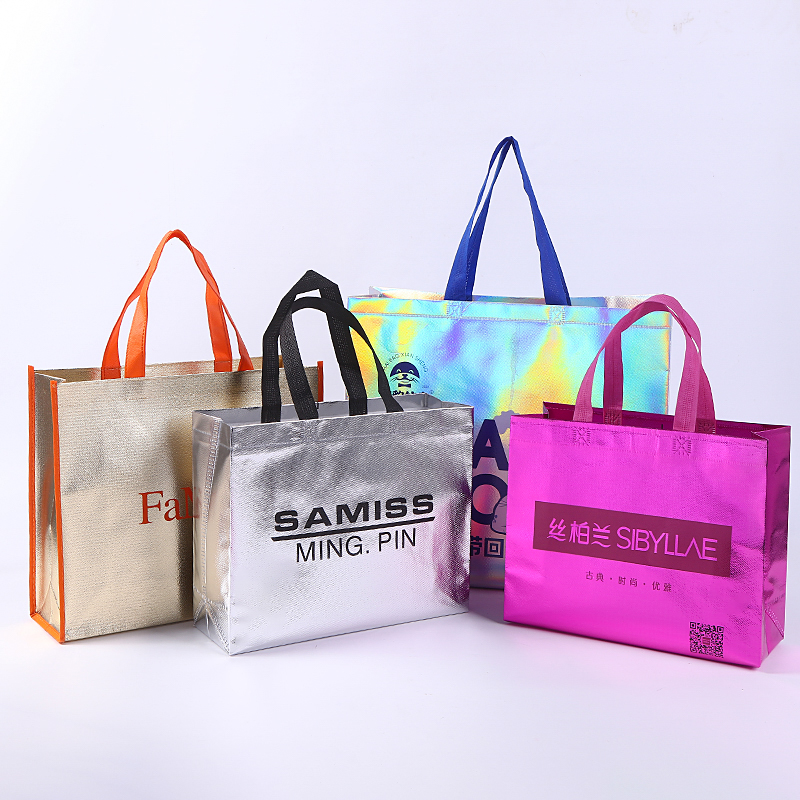
Simple bulk packing supports low MOQs, but complex packaging adds to unit cost and pushes up minimums.
Retail Packaging Increases Cost
Basic packaging like 50 bags per carton allows fast packing. But retail-ready formats—such as individually poly-bagged, barcode-stickered, or boxed bags—need more materials and worker hours.
Factories often need to source packaging from third-party suppliers. These suppliers also impose MOQs, which get passed along to the buyer indirectly.
Packaging Options and Their Effects
| Packaging Type | Effort Required | MOQ Impact |
|---|---|---|
| Bulk in master cartons | Low | Low |
| Individual polybags | Medium | Medium |
| Retail box with barcode | High | High |
Order Specification Consistency
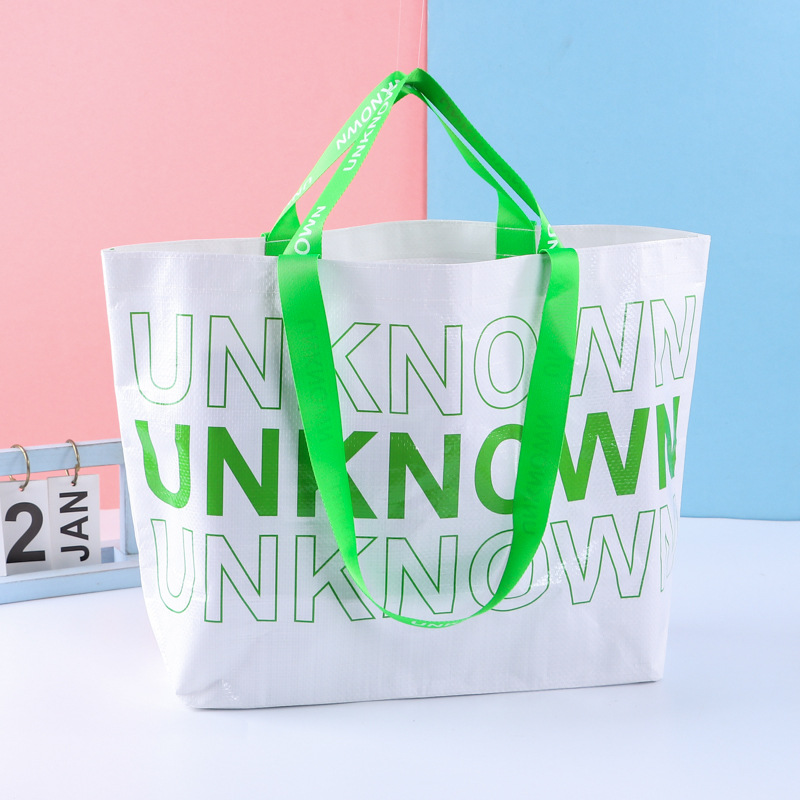
Multiple colors, sizes, or designs multiply setup and labor costs, raising the MOQ for each variant.
More Variants = More Complexity
If a buyer requests 1,000 bags split across 5 colors and 3 sizes, that's 15 unique SKUs. Each SKU needs separate cutting, printing, and packing. This spreads the total volume thinner and multiplies setup time.
Unless each SKU reaches the minimum threshold, the overall MOQ increases significantly. Some suppliers may also set per-design or per-color MOQs to manage complexity.
SKU Variation Impact
| Order Detail | Number of Variants | MOQ Implication |
|---|---|---|
| One color, one size | 1 | Lowest MOQ |
| Three colors | 3 | MOQ x 3 or price increase |
| Mixed sizes + colors | 6+ | MOQ per variant or high MOQs |
Conclusion
MOQ isn’t just about limiting small orders—it’s a way for suppliers to stay efficient and cost-effective. Materials, design, setup, and packaging all add fixed costs that only scale with volume. As someone in the custom packaging business, I’ve seen how these factors directly affect profitability and delivery timelines.
Choose a supplier who clearly explains MOQ rules. This helps avoid surprises and aligns expectations from the start. If you've worked with custom bag suppliers before, share your experience in the comments—we’d love to hear it!
---
[^1]: Gain insights into the types of raw materials that affect the quality and cost of bags.
[^2]: Understanding labor costs can help you negotiate better pricing with suppliers.